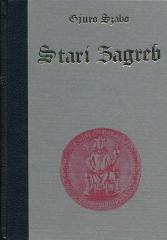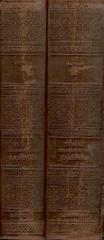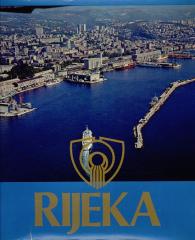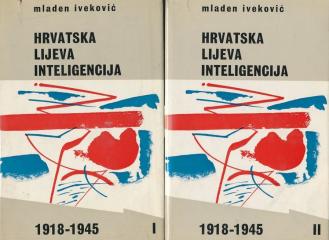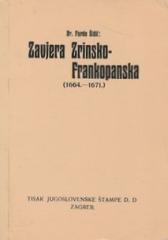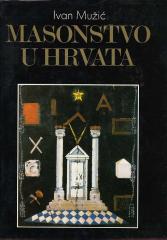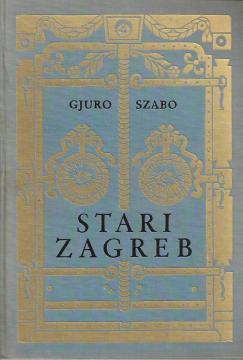
Stari Zagreb
A classic work of Croatian historiography, published in 1941, which provides a fascinating overview of the historical development of Zagreb, from its earliest mentions to Szabin's time, and is an indispensable source for anyone who wants to better underst
The book is divided into chapters that chronologically and thematically follow the development of Zagreb. Szabo describes in detail:
- Medieval Zagreb
- Foundation of the diocese in 1094.
- The origin and development of Gradec and Kaptol as two separate entities.
- The life of the inhabitants in the Middle Ages, the defense of the city, feudal relations and conflicts between Gradec and Kaptol.
- The Renaissance and Baroque period
- Urban development of Zagreb.
- Construction of churches, monasteries and noble palaces.
- Influence of the Habsburg Monarchy and cultural flourishing.
- Development in the 19th century
- Modernization of Zagreb during the era of the Illyrian movement.
- The arrival of the railway, the construction of modern buildings and the expansion of the city towards the south.
- Development of institutions such as theaters, museums and universities.
- Zagreb in the 20th century
- Changes in the political and social life of the city.
- Modernization of infrastructure and the arrival of new styles in architecture.
Szabo does not only write about political history, but also about the everyday life of citizens, customs, trade, crafts and cultural achievements. The book is richly illustrated with drawings, maps and photographs documenting the historical appearance of Zagreb.
"Old Zagreb" is not only a historical overview but also a sentimental record of a city that is constantly changing. Gjuro Szabo skilfully captures the spirit of Zagreb, making this work indispensable for lovers of history, urban planning and culture.
One copy is available
- Damaged back
- Slight damage to the cover
